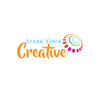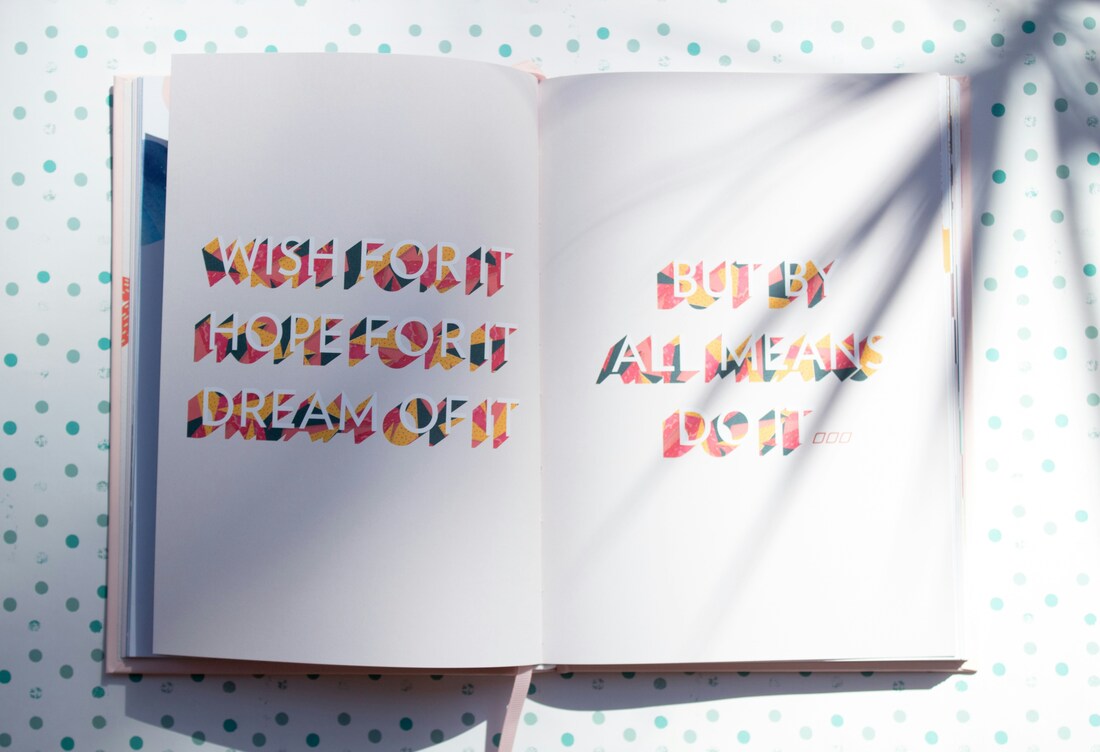|
Photo by S O C I A L . C U T on Unsplash Creating intentions for your creative practice is a powerful way to enhance your artistic journey and achieve meaningful outcomes. Below, I explore the importance of setting intentions, how to craft them effectively, and the impact they can have on your creative process. Understanding Intentions in Creativity Intentions serve as guiding principles that align your actions with your desired outcomes. In the realm of creative practices, they act as a compass, helping you navigate through the vast sea of possibilities. By defining your intentions, you bring clarity to your artistic vision and set the stage for a purposeful journey. The Benefits of Setting Intentions Clarity and Focus: Intentions provide a clear roadmap for your creative endeavors. They help you define your goals and focus your energy on what truly matters to you. Motivation and Inspiration: Knowing why you engage in a particular creative pursuit fuels your motivation. Intentions serve as a wellspring of inspiration, keeping you driven during challenging times. Alignment with Values: Your intentions are a reflection of your values and beliefs. Aligning your creative practice with these values adds depth and authenticity to your work. Measurable Progress: Crafted intentions often come with measurable outcomes. This allows you to track your progress, celebrate achievements, and make adjustments as needed. How to Create Effective Intentions Reflect on Your Purpose: Begin by reflecting on why you engage in your creative practice. What drives you? What do you hope to achieve? Clarifying your purpose sets the foundation for meaningful intentions. Be Specific and Realistic: Intentions should be specific and achievable. Instead of broad statements, break down your goals into concrete actions. This makes it easier to stay on track. Positive Framing: Phrase your intentions positively. Focus on what you want to create or achieve rather than what you want to avoid. Positive framing fosters a constructive mindset. Write Them Down: Document your intentions in writing. Whether it's a journal, a vision board, or a digital document, having a tangible record reinforces your commitment. Integrating Intentions into Your Creative Process Daily Reflection: Take a few moments each day to revisit your intentions. Reflect on how your actions align with them and make adjustments as needed. Incorporate Rituals: Develop rituals that mark the beginning or end of your creative sessions. This can include setting an intention before starting or expressing gratitude after completing a session. Community Engagement: Share your intentions with fellow creatives or friends. Building a supportive community can enhance accountability and provide valuable insights. Setting intentions for your creative practice is a transformative process that goes beyond mere goal-setting. It's about infusing purpose into every brushstroke, keystroke, or note. By embracing this intentional approach, you not only elevate your artistic output but also cultivate a more fulfilling and meaningful creative journey.
0 Comments
|
Archives
July 2024
Categories
All
|


 RSS Feed
RSS Feed